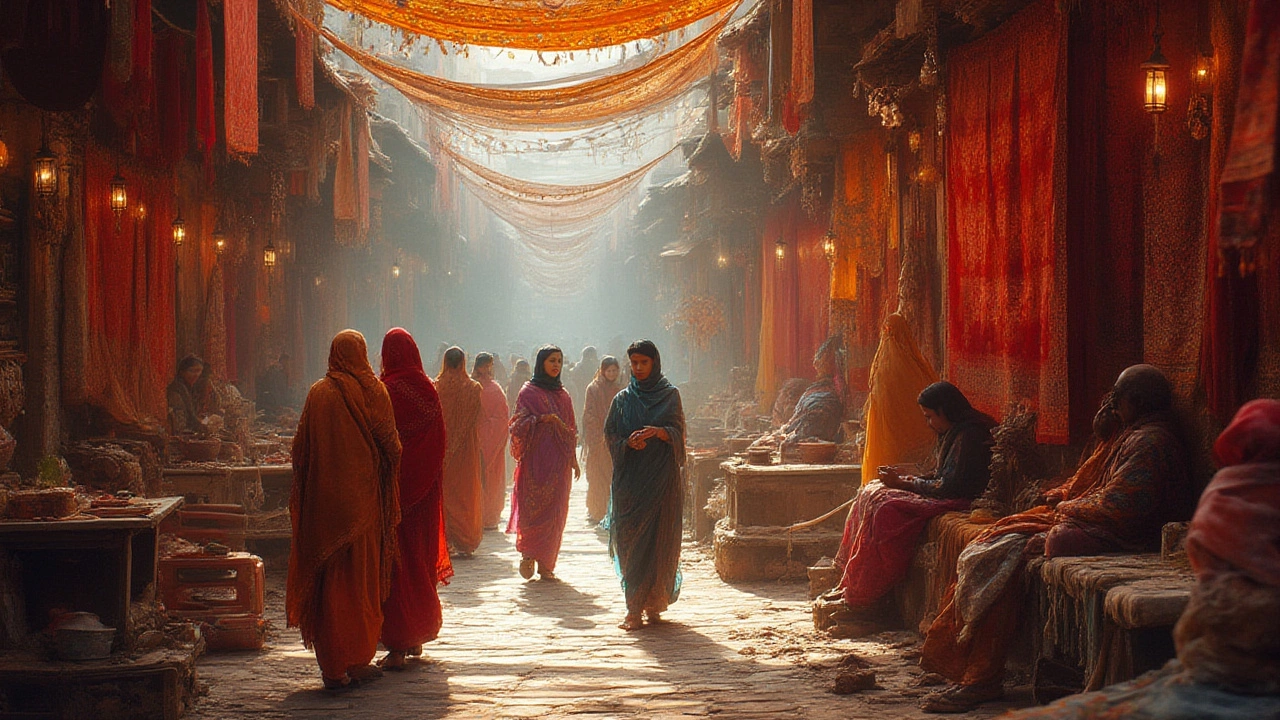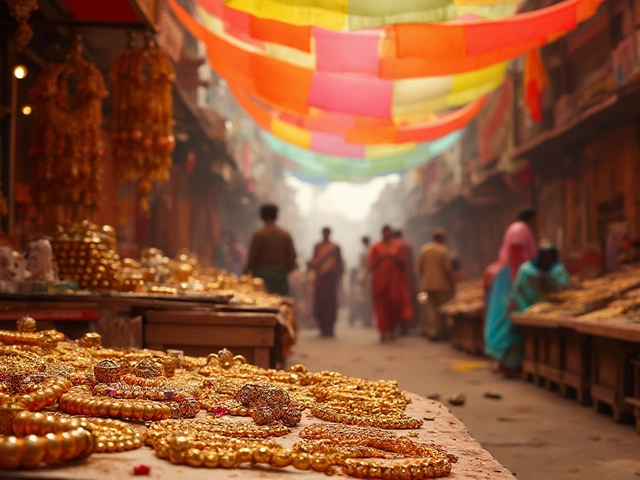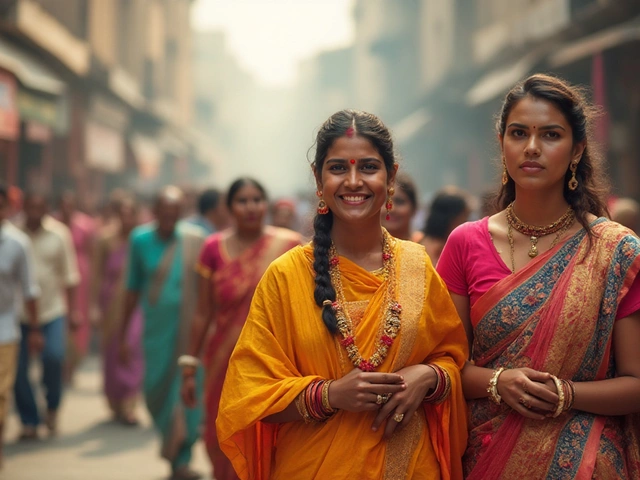Handloom Fabrics: What They Are and Why You’ll Love Them
If you’ve ever admired a rich, textured saree or a comfy cotton kurti, chances are you’ve seen handloom fabrics in action. These textiles are woven by hand on wooden looms, usually by skilled artisans who have learned the craft from generations ago. The result is a piece that feels natural, breathes well, and tells a story of its own.
What makes handloom fabrics stand out is the human touch. No machines, no shortcuts – each thread is placed with care, which gives the cloth its unique patterns and slight variations. That tiny irregularity is what many people call “authentic”. It also means you’re supporting rural families and keeping a cultural heritage alive.
Types of Handloom Fabrics You’ll Find Across India
India is a patchwork of regions, and each one has its own favorite handloom. Here’s a quick run‑through of the most popular styles:
- Kota Doria: Light, sheer cotton from Rajasthan with tiny square motifs that look like tiny nets.
- Banarasi Silk: Luxurious silk from Varanasi, famous for its intricate gold and silver brocade work.
- Khadi: Simple, hand‑spun cotton championed by Mahatma Gandhi, perfect for daily wear.
- Madhubani Cotton: Prints inspired by the folk art of Bihar, bright and bold.
- Ikat: Fabric where the yarn is dyed before weaving, creating those characteristic blurred patterns. You’ll find Ikat in Odisha, Andhra Pradesh, and Gujarat.
Each type has its own feel – some are crisp, some drape like a dream, and all are breathable. That’s why handloom fabrics work well for everything from festive wear to comfy lounge outfits.
Caring for Handloom Clothes Without Losing Their Charm
Because handloom fabrics are often natural fibers, they need a bit of TLC. Here’s a no‑nonsense care routine:
- Hand wash in cold water: Use a mild detergent, gently rub, and avoid twisting the cloth.
- Don’t over‑dry: Lay flat or hang to dry in shade. Too much sun can fade the colors.
- Iron on low heat: Place a thin cloth between the iron and the fabric to protect the weave.
- Store with care: Keep fabrics in breathable garment bags, not plastic, to prevent mildew.
Following these steps will keep the fabric soft, the colors vibrant, and the weave intact for years.
When you shop for handloom fabrics, look for a clear hallmark or label that mentions the artisan’s cooperative or the region of origin. That guarantees authenticity and fair wages for the weavers.
Whether you’re adding a Banarasi silk sari for a wedding or a Khadi kurti for a casual Friday, handloom fabrics bring a mix of comfort, culture, and sustainability. They’re not just clothes – they’re a piece of living history you can wear.
Ready to try handloom? Check out local markets, online stores that partner directly with weavers, or even community fairs. The more you wear, the more the craft thrives.
So next time you pick a fabric, ask yourself: does it feel handmade? If the answer’s yes, you’ve probably found a handloom gem – and that’s something worth celebrating.
Most Expensive Fabrics in India: Silk, Pashmina & More
Curious which fabric costs a fortune in India? This guide reveals why silk, Pashmina, and rare handlooms are worth every rupee. Discover traditions, facts, and tips before you buy.





